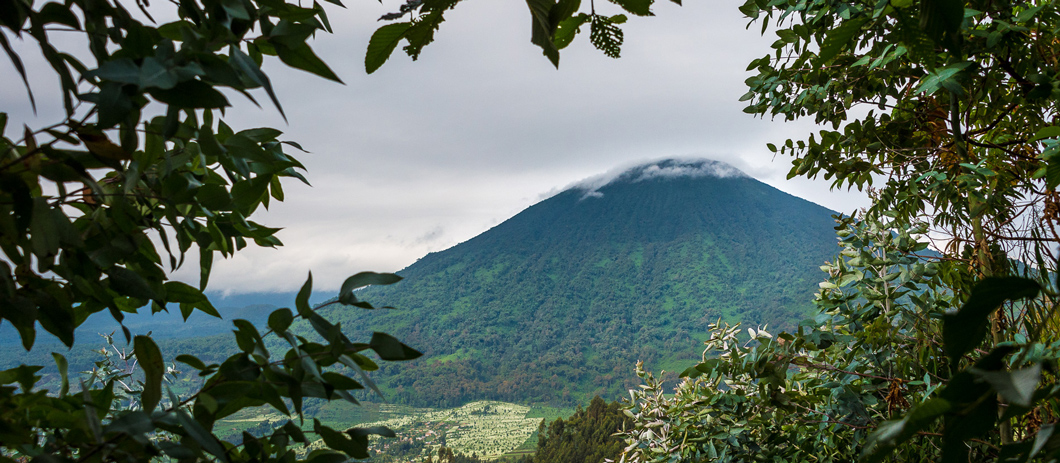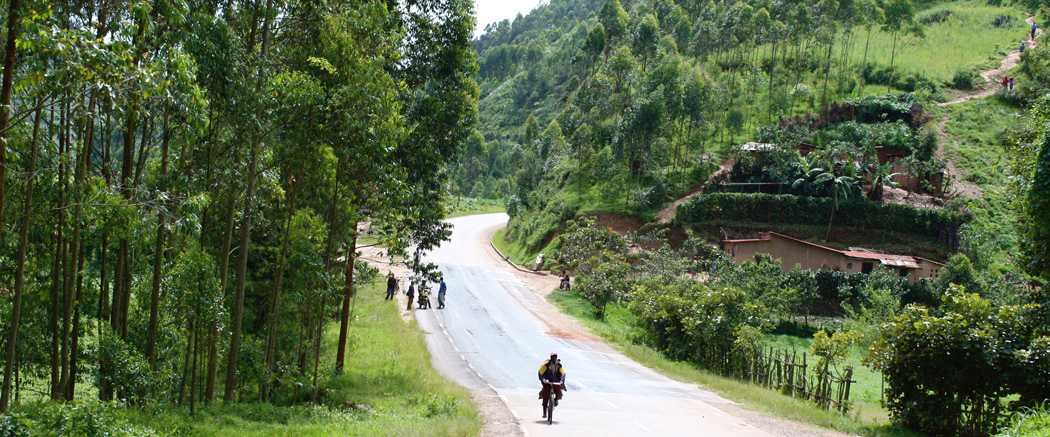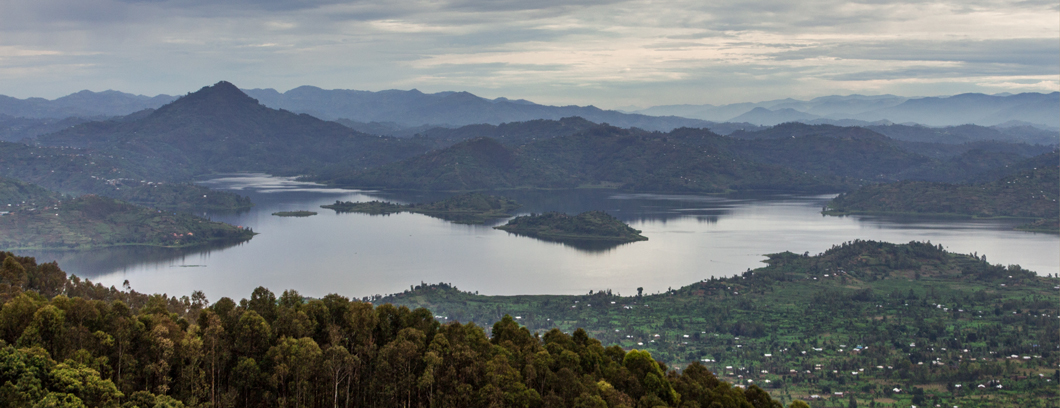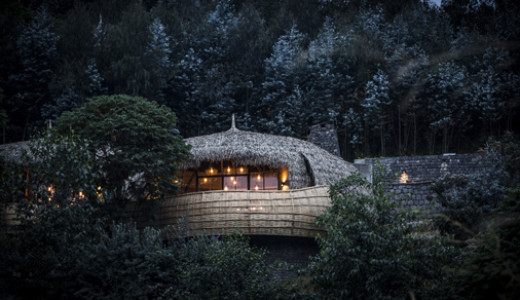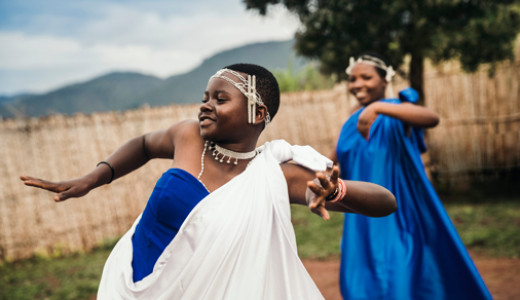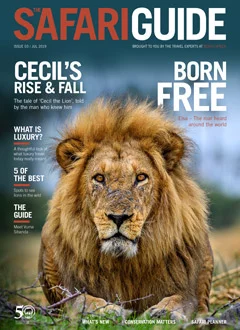customimage URL="https://www.benchafrica.com/wp-content/uploads/2019/10/Rwanda-Peace-Reconciliation.jpg" caption=""]
Last month marked the 25th anniversary of the Rwandan genocide, an event that shocked the world. What made this genocide different from others historically is the way Rwanda has recovered from such a seismic social event. Rwanda today is a shining jewel of Africa, a pristine environment with high rates of education and a nationwide community engagement program that has seen long held divisions heal and the country come together as one. It's this reconciliation that
Rwanda is now known for, a bright ending to a dark time in world history.
But what happened? And why?
Up to the 1800’s the Rwandese people were mostly peaceful people consisting of three loose tribal groups: The Hutu’s, the Tutsi and the Twa. The Hutu’s largely farmed land, the Tutsi largely farmed cattle and the Twa were a race of pygmy hunter gatherers. The groups were loosely defined and transitory, meaning if a Tutsi lost their cattle they could be considered a Hutu and vice versa. For the Rwandese the differences between the races was more of a class structure than a tribal divide and intermarriage and shared living was commonplace. Early German colonial leaders found it useful to divide and conquer as a method of controlling the locals. The Germans and Catholic church believed the Tutsi, being taller than their Hutu cousins and quicker to convert to Christianity, were racially superior and so favoured them with better opportunities and lifestyles. The country was taken by the Belgians in the aftermath of World War I who ramped this racial divide up, bringing in official ID cards that permanently designated each individual as either a Hutu, a Tutsi or a Twa. Tensions began to form between the Hutu and Tutsi as the Tutsi began to enjoy their benefits and even sometimes believe the myths told about their merits.
Sporadic violence broke out over the next few decades until 1959, when an uprising from the Hutu against the “elite” Tutsi resulted in mass deaths and up to 150,000 Tutsi fleeing to neighbouring countries. The Belgians saw the racial divide and rather than fix their broken system split their territory into two countries, the largely Hutu Rwanda and largely Tutsi Burundi. The Hutu took over democratic control of Rwanda in 1961 and quickly solidified their control, expelling most Tutsi from positions of power. This lasted until 1973 when a military coup ousted the government and installed General Juvenal Habyarimana into power. Frequent outbreaks of violence occurred in both Burundi and Rwanda with attacks on Hutus in Burundi seeing refugees fleeing into Rwanda and revenge attacks against Tutsi doing the inverse. The countries became more and more polarised.
State media in Rwanda started to become far more vicious with the major newspapers, TV stations and one state run radio station running inflammatory programs about the Tutsi, commonly referring to them as inyenzi, or “cockroach”. They ran false stories of the Tutsi’s plan to invade the country, massacre the Hutu in their sleep and also undermine the country from within. They stoked racial tension, saying the Tusti spread disease and should be removed from society. Attacks on Tutsi became more common with militia groups roaming the country. In 1990 the Tutsi refugees from neighbouring countries formed a rebel force known as the Rwanda Patriotic Front (RPF) and attacked Rwanda with their stated mission being to bring democracy back. After some fighting the Rwandan government and the RPF signed a peace agreement known as the Arusha Accords and promised to allow the Tutsi back in to Rwanda to share power in a new democratic government. This "concession" from Habyarimana infuriated local Hutu militants. The UN sent in a small force to keep the peace and seeing the situation on the ground the commander asked immediately for more troops and changes to the rule of engagement to allow them to intervene in case of a genocide. Both requests were denied.
On April 6
th 1994 a plane carrying Habyarimana and the Burundian president was shot down upon approach into the Rwandan capital Kigali, killing both presidents. The Hutu militia immediately (and dubiously) blamed the Tutsi's for the crash and began to round up and massacre the Tutsi as well as Hutu moderates who tried to stop the violence, including even the prime minister. These weren't simple revenge attacks. Within an hour of the plane crash the roadblocks were up and the militia groups were out. The Hutu militia groups were well organised and carried kill lists, detailed pre-made lists of every Tutsi and their Hutu allies. The UN, there as a purely peacekeeping force, were unable to intervene and were later attacked to encourage their soldiers to be removed, which happened. The Tutsi were defenceless. Men, women and children were rounded up and killed, largely with machetes and clubs. Brand new weapons provided by the French were used to corral crowds in areas where they were killed on mass. People fled to churches, long used as a place of refuge but this time the churches were locked and set on fire, sometimes after tip offs by the priests themselves. Women were systemically raped by HIV infected militia members and disfigured, ensuring that they would suffer for years to come.
For 100 days, it was 6 every minute. 100 days of violence with over 6 people being murdered every minute with no international assistance until in the end the RPF broke through and secured the country. The UN voted against sending in assistance instead voting for a strongly worded letter. No foreign power stepped in to help, despite pleas from the local UN and vast international attention. In the news it was referred to as a “tribal conflict” rather than the one sided genocide it actually was. By the end, almost a million people lay dead around the country, with almost 95,000 orphans remaining in the ashes their history, family and identity forever destroyed.
The country was in ruins.
Since then, Rwanda's revival has been remarkable. The RPF commander Paul Kagame immediately installed a Hutu as president with himself, a Tutsi, as vice president. Realising that the only way for the country to move forward was to heal they made it illegal to divide citizens into ethnic groups, verbally or otherwise, preferring to call all citizens Rwandese. Local community efforts have nationally organised with the late Saturday of each month known as Umuganda which means 'coming together for a common purpose'. It's half a day for communities to come together to clean up their local area and deal with any issues that come up in the community before they turn into simmering resentments. Meanwhile, militia members in prison for murder have been offered clemency if they ask for forgiveness from the people they have impacted and assist with the rebuilding. For those that accept this offer a large number have returned to the community, often directly assisting the families of those they hve harmed as a form of penance. Forgiveness has become a huge part of the culture and seen a remarkable reconciliation and healing of the country, especially when compared to other past genocides that effects still bubble on. The NY times recently did an
incredible photo series of these reconciliations.
That's not to say
Rwanda is perfect, without the problems of any developing country. But, to be where they are only 25 years after being in hell, it must seem like heaven.

















